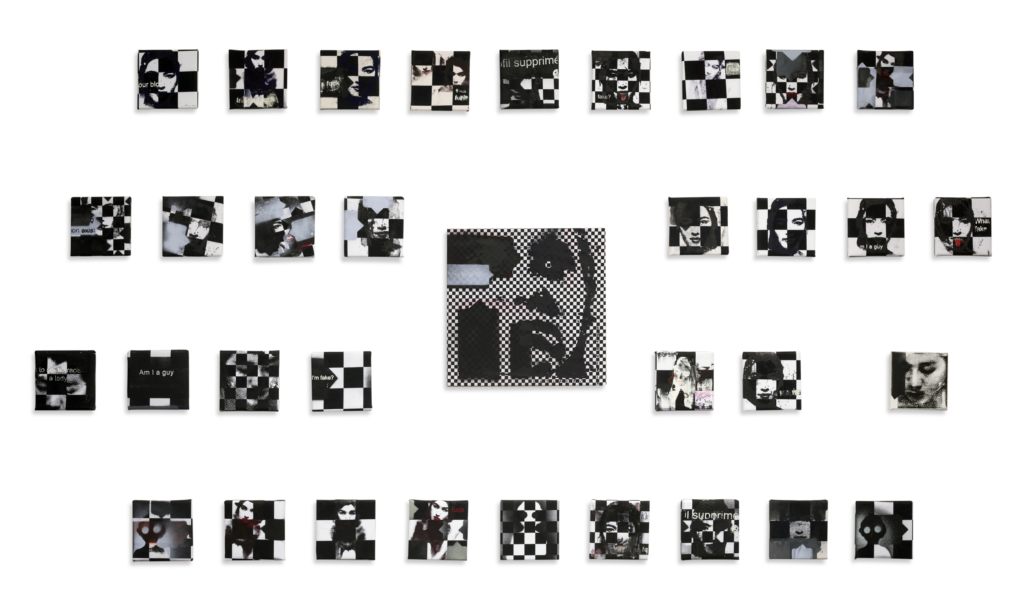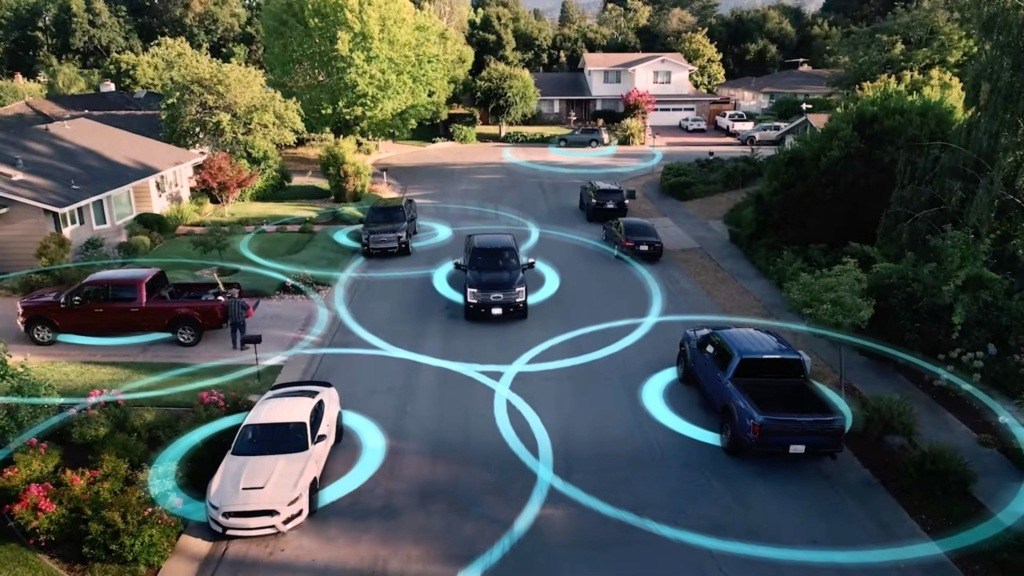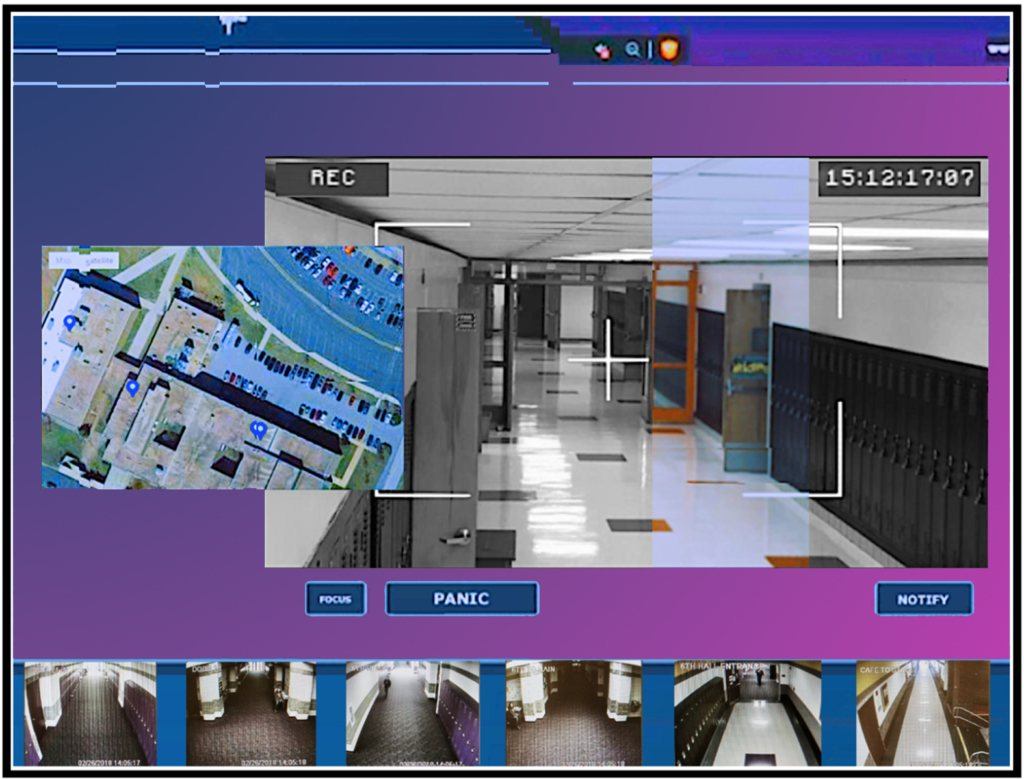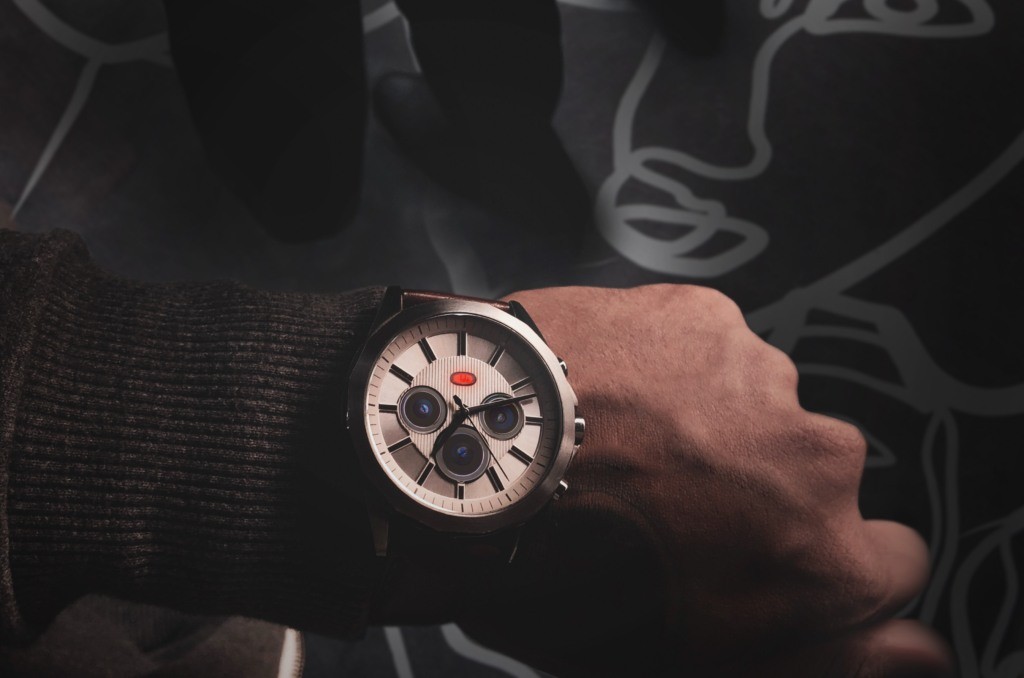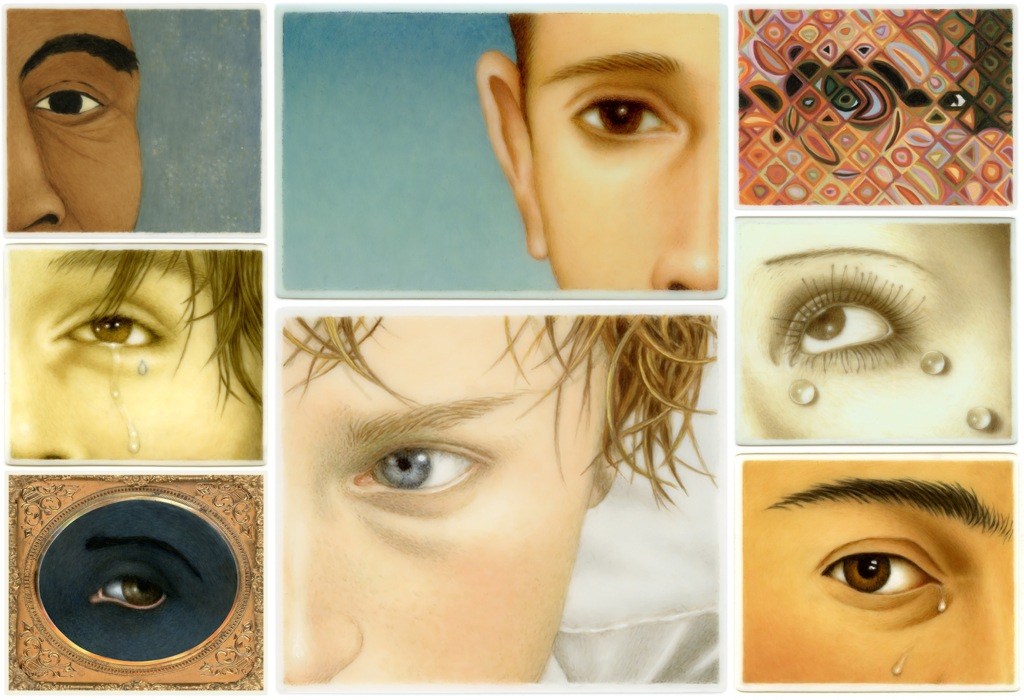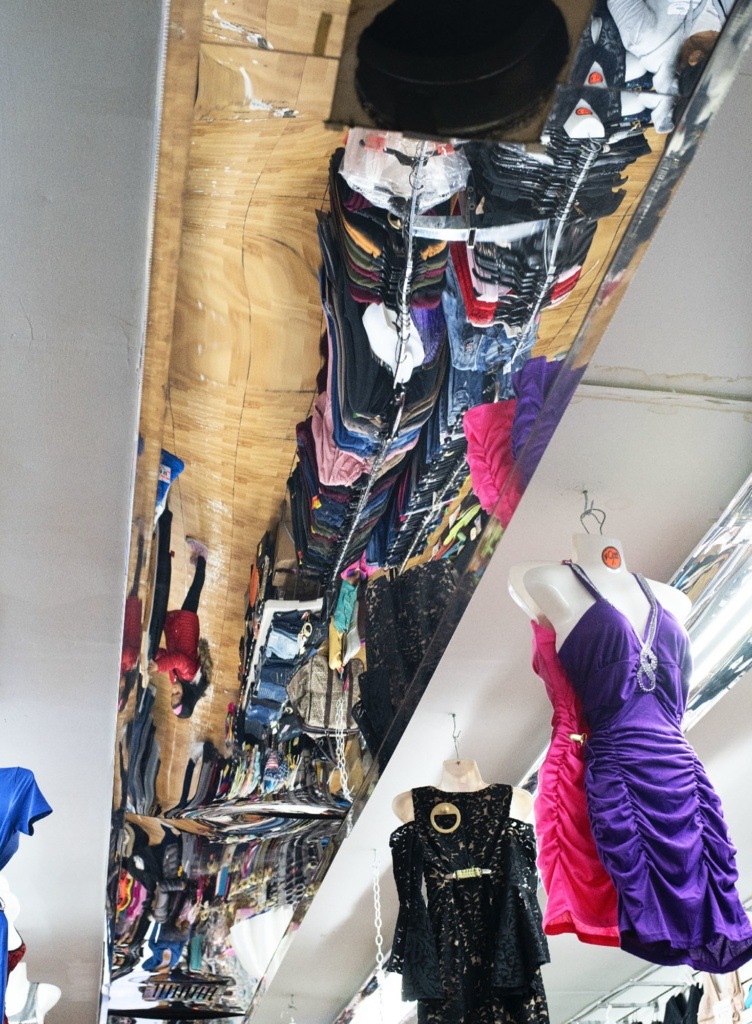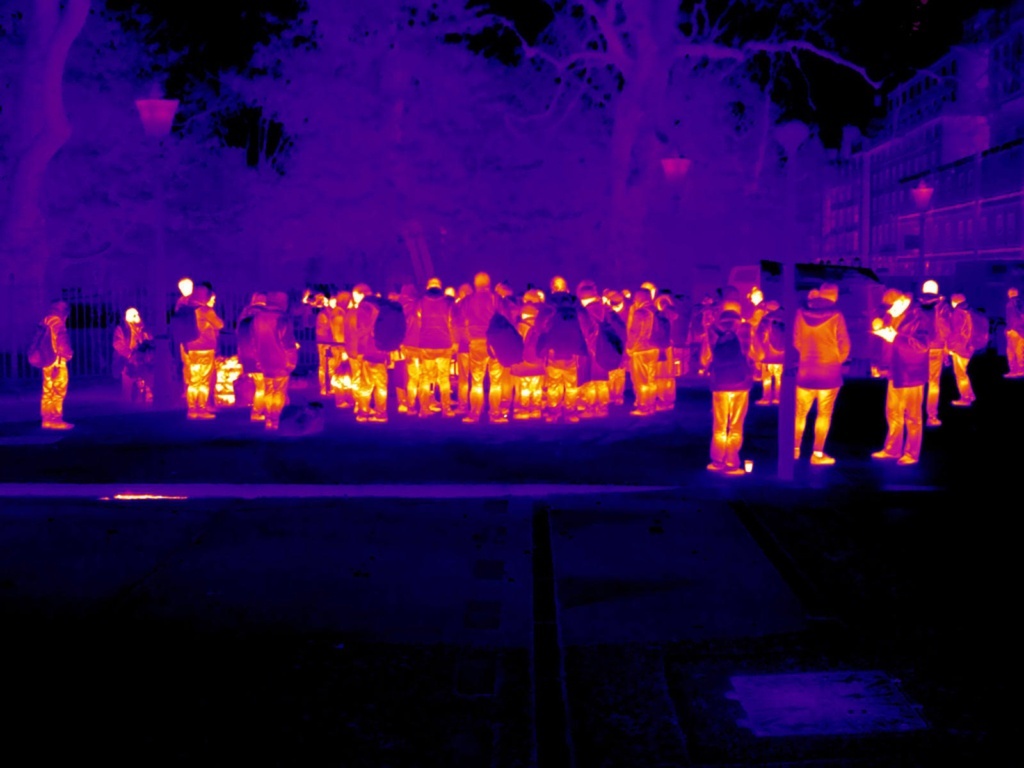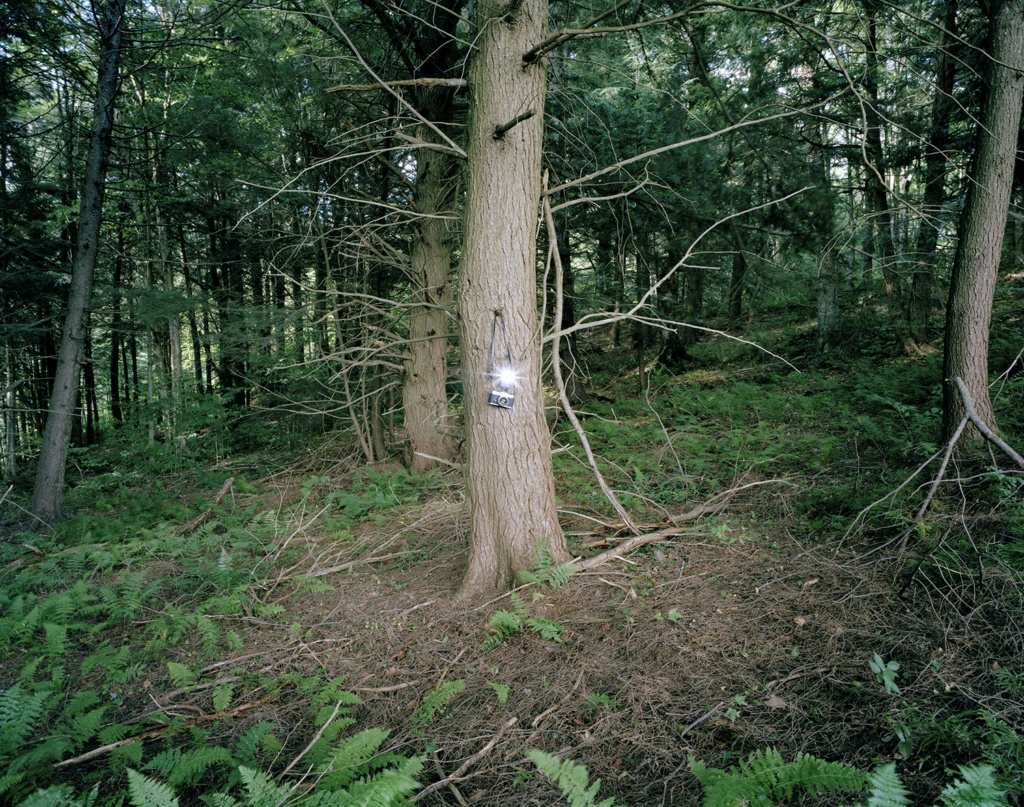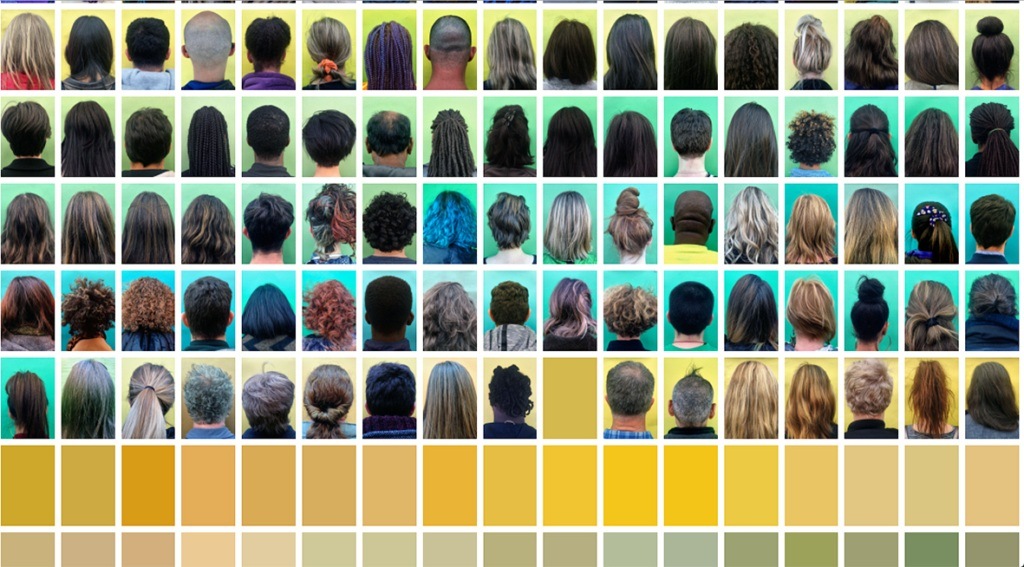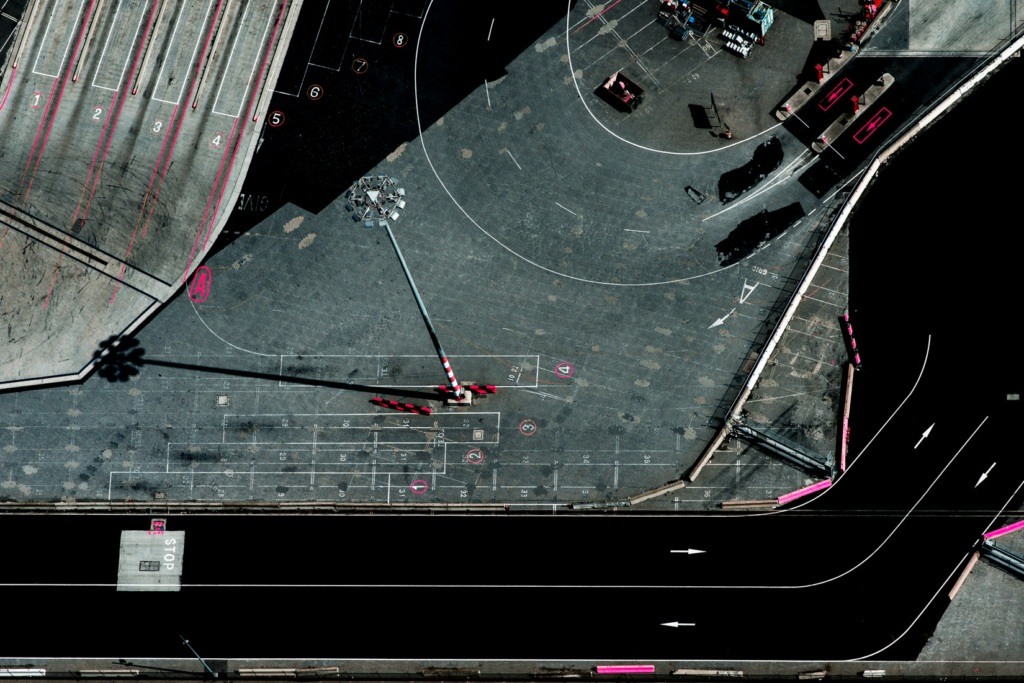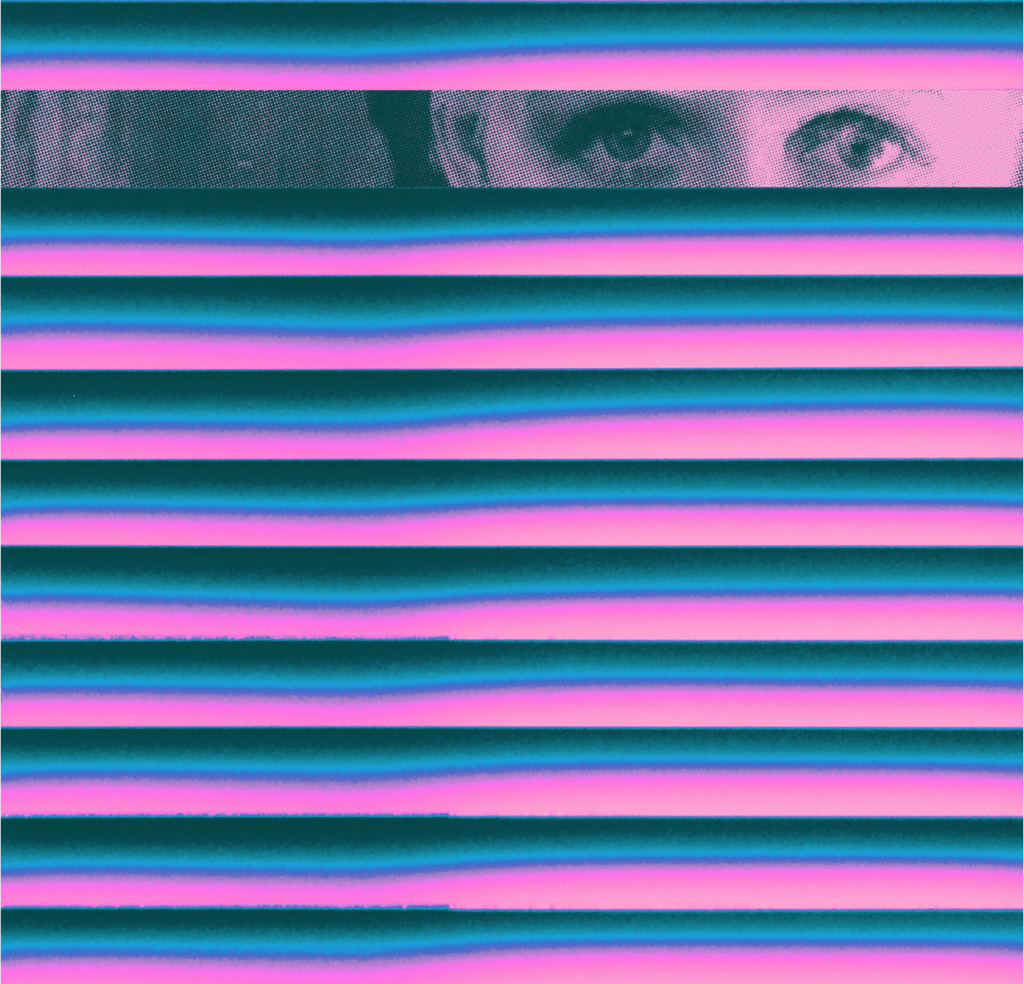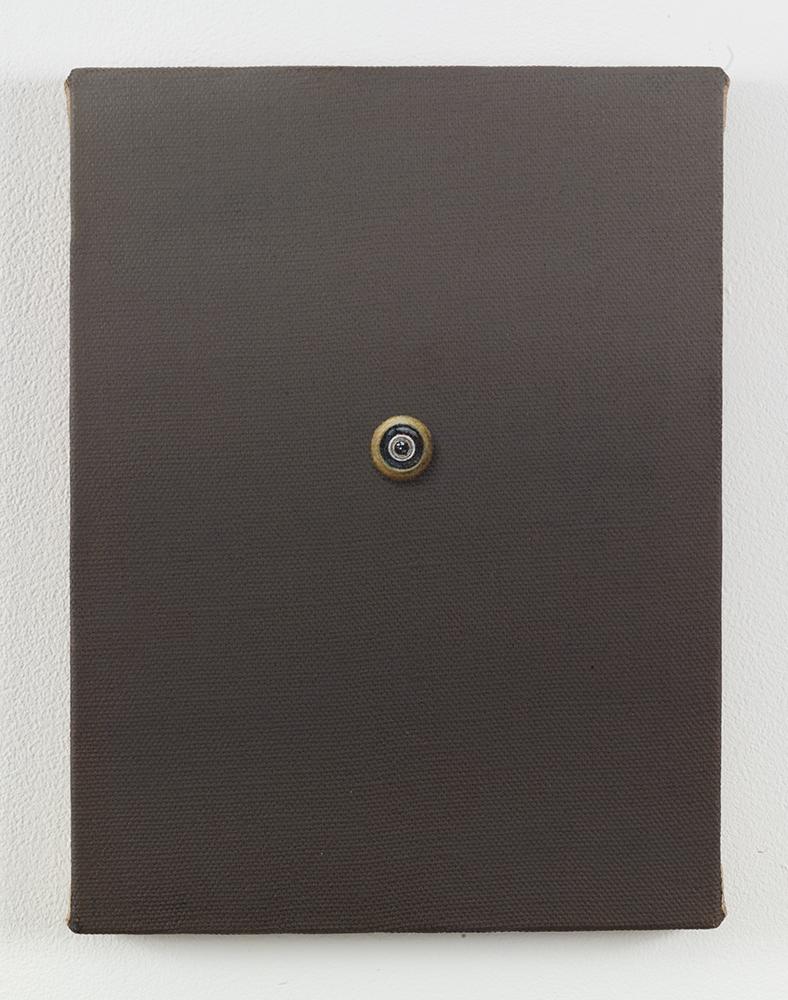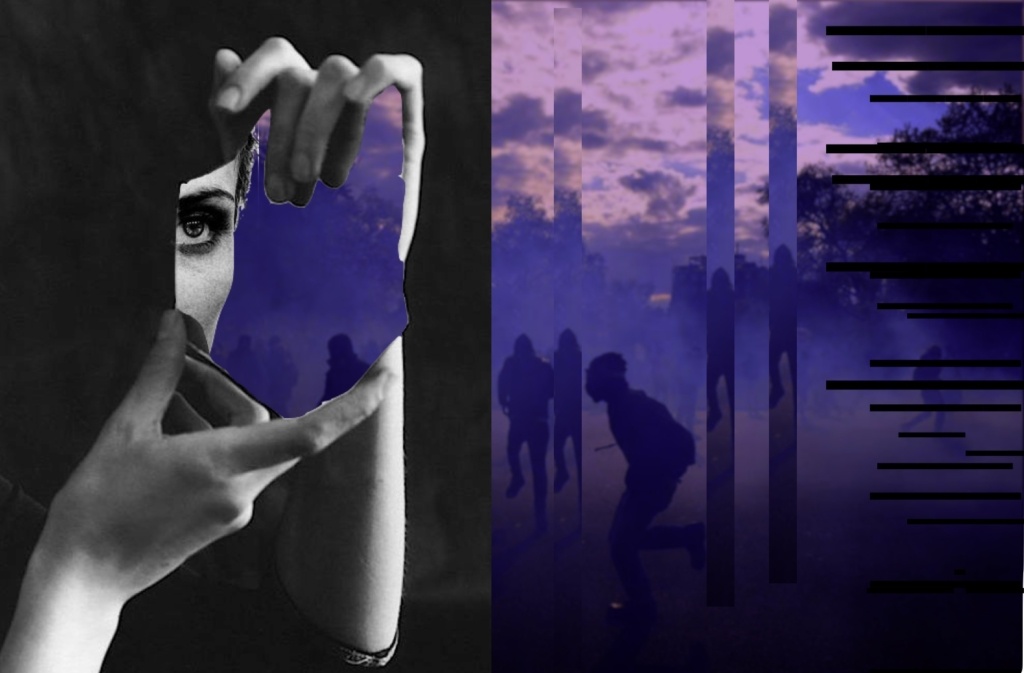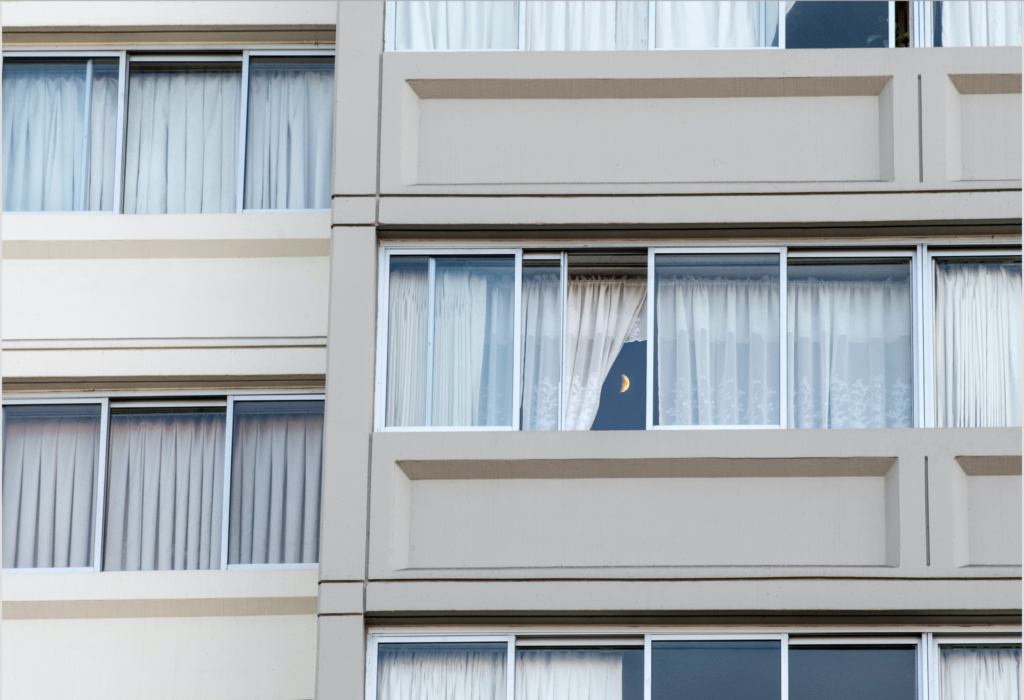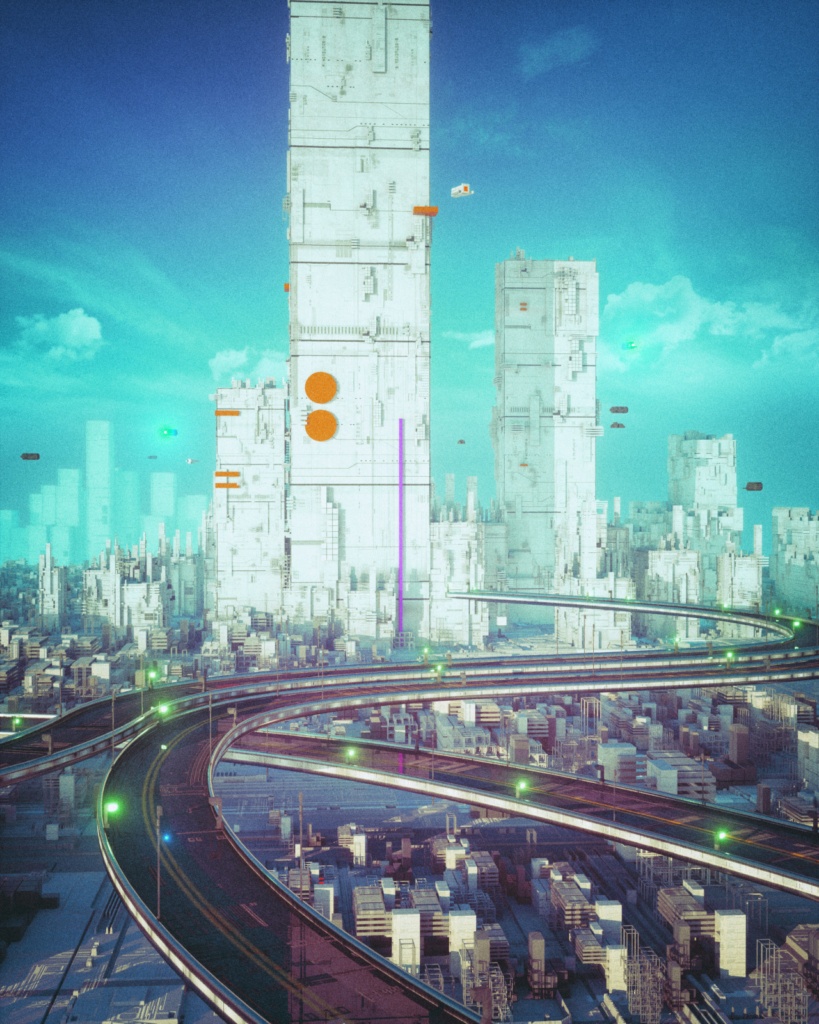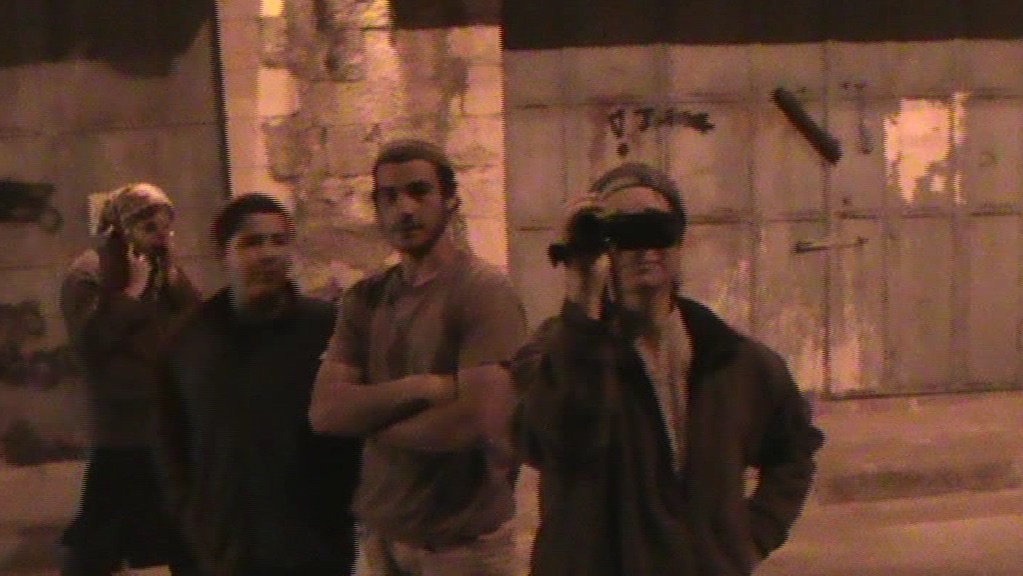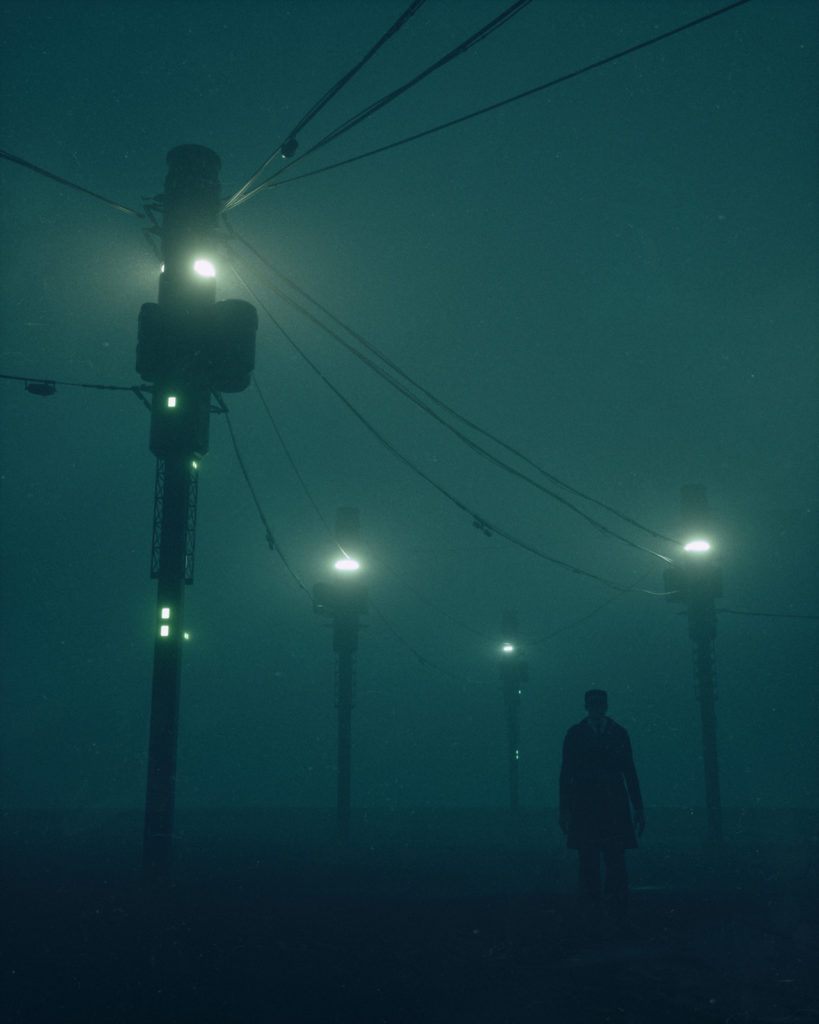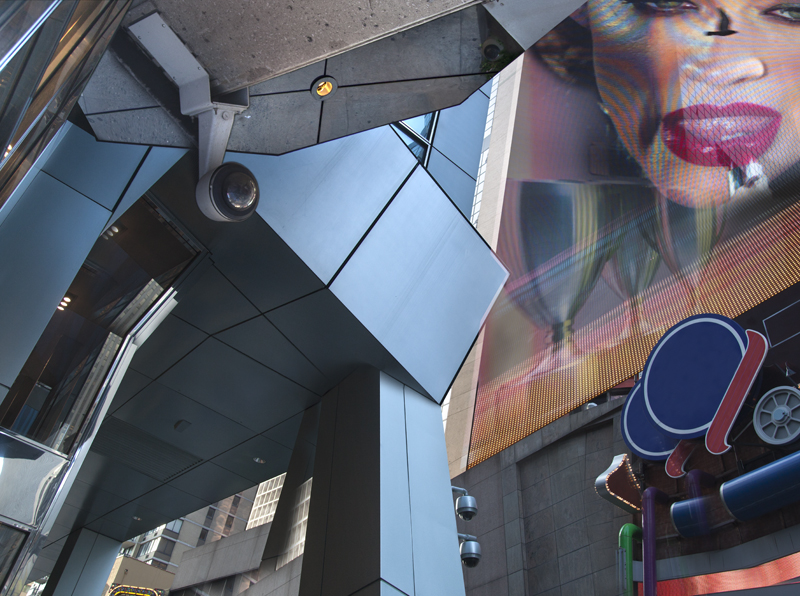Topics
Surveillance
Tech’s broadening apparatus for watching everyone and everything
Fair Game
Commonly used by researchers and journalists, data scraping dislodges data from one context and forces it into another, where we no longer control in any way how that data is used, what meanings are inferred from it, and whether its extended uses are accurate
Roving Eyes
Adding a networked surveillance camera to a work truck takes all the problems and incipient paranoia that comes with Ring doorbell cameras and makes them mobile. Fear and distrust can be imported into any neighborhood.
Seeing Without Looking
Sidewalk Toronto is dead, but its legacy is instructive. It shows that surveillance systems aren’t so much documenting as producing a desired reality — and that erasing these images, rather than increasing privacy, only makes that constructed reality harder to audit
Hall Monitors
After school shootings, the surveillance industry mobilizes to sell school districts on more intensive monitoring schemes that they claim could help prevent future tragedies. But rather than successfully predict future crime and protect kids, increased surveillance in schools targets students of color for exclusionary discipline
Luxury Surveillance
Tracking devices like fitness trackers and smartwatches are a form of external surveillance, strikingly similar to ankle monitors. Users who choose to wear them are proclaiming something about their privilege: They can opt in to “luxury surveillance” because they are already aligned with social power, and their acceptance of it extends a more intensive net of surveillance over everyone.
The Weaponization of Care
Protection, direction, influence, and even management can easily be perceived as aligned with “care,” if not inseparable from it. Be it for our children, partners, or property, surveillance promises peace of mind — that we can think of ourselves as better caregivers. But when “care” is used to account for, rationalize, and promote surveillance technologies that ultimately cause vastly more harm than good, this amounts to care’s weaponization.
Family Scanning
Parents must watch their children, while surveillance is conventionally associated with state power and its abuses. But in tracing the history of child monitoring and its technologies, we can see that these two forms of observation are less distinct than they appear
The Zoom Gaze
As Zoom shifts the nature of the relationship between viewing and being viewed, it also shifts our awareness of it: It makes us more conscious of how visibility is mediated by technologies in general. Right now, it is imperative that we consider what the Zoom gaze accomplishes — whose perspective it seeks to naturalize, whose subjectivity it centers, and what it conditions us to see.
Clothing as Platform
Putting tracking sensors in clothes serves the same function as any other “smart” device: It is a means of tapping consumers as recurring revenue streams. “Smart” fashion appears as little more than an alibi for collecting personal behavioral data — not to mention a form of greenwashed techno-solutionism that ignores the realities of today’s surveillance economy.
Borders Everywhere
The humanitarian alibi has often been used to inscribe the logic of the security state onto vulnerable populations serving as involuntary test subjects, as when biometric and surveillance technologies are imposed as a means of delivering aid to populations in crisis situations. But these technologies for monitoring, administering, and “controlling” people are themselves largely unregulated and their long-run implications are unknown, even as they are brought from the margins to structure more and more lives.
Camera Traps
The natural world, just like the city, is rife with surveillance. The militaristic, colonial history this surveillance belongs to is not simply waived by the fact that it operates in a forest. Technologies for extracting data about the earth reproduce these systems, and target human beings.
Toward the Shroud
Constant surveillance shapes the contours of everyday Black life, imposing schemes of biometric identification of “good” vs “bad” citizens. Pandemic surveillance plays into similar techniques. But we can also imagine futures of ungovernability, of survival tactics to evade such surveillance and demand the undoing of a world predicated on anti-Black violence.
Oversights
Though tech companies have built out a massive surveillance apparatus capable of tracking people’s locations and predilections, it is proving largely useless for containing the pandemic. This isn’t because concerns or regulations about individual privacy are holding them back; rather they are overinvested in addressing users as consumers and not members of a public.
Looking Down
The pandemic has divided society into those who have become targets and those who can safely watch. Enter drone photography’s socially distanced view.
The Authoritarian Trade-Off
After 9/11, national security became the all-purpose alibi for surveillance and policing programs, deemed necessary to fight a war on “terror” that was endless by design. Now tech companies are reorienting these same tools to fight the coronavirus pandemic, threatening to turn “public health” into another forever war.
The Captured City
The technologies and policies associated with “smart cities” claim to serve citizen-customers and render life efficient; instead they treat the city like a battlespace, redeploying surveillance and information systems originally created for military purposes for urban policing.
False Alarm
New digital resources for home security and “crime reduction” — particularly Ring, and its companion app, Neighbors — capitalize on the symptoms of poverty and inequality while eliding the causes. They also play on the social media–age compulsion to be constantly “in the know,” whether or not the information is accurate.
Ghosts of the Future
“Smart-home horror” is a subgenre in which AI haunts people just like ghosts do in canonical gothic stories. Like ghosts, AI is monstrous for its omniscience and liminality. The comparison calls attention to a new batch of fears and anxieties we accept as the cost of convenience. Just as in canonical gothic narratives, the real horror ultimately comes from human beings.
Of Being Numerous
The devices and platforms we rely upon to communicate and gather information also keep us under constant surveillance. Our current, collective options for resistance illustrate the extent to which surveillance technologies are sewn into — and give shape to — the fabric of daily life.
Silent Shout
The privacy flaws of wi-fi are nearly universal — and yet most of us like to think of ourselves as exempt from its violations. But wi-fi continuously emits signals that include personally identifiable information in every direction, with few protections on offer for security or encryption.
Personal Panopticons
Once surveillance seems a fait accompli, then some measure of cynicism, apathy, or nihilism about privacy may present itself as a reasonable response. This suggests that pervasive surveillance helps produce people who are more at ease with it — people who no longer know what privacy is for or what socio-moral milieu could give it value.
Panic City
Given how valuable the data collected from and within cities have already been for tech companies, it is no surprise that they would seek to design whole cities directly. These cities are purportedly for “all humans,” but their basis in surveillance will further split society into elites and the left behind. Their quantifying oversimplification of what cities do would impoverish the richness of urban life.
Spectral Power
B’Tselem is an Israeli NGO that has been distributing cameras to Palestinians living in the West Bank, East Jerusalem, and the Gaza Strip since 2007, with the belief that seeing injustice on film can cause change. The power to see can counter an uneven distribution of power within a conflict zone; the camera can also become the locus of a surrogate conflict.
Updating Our Nightmares
The stories we tell about surveillance are stuck in 1984 authoritarian dystopia, in which individual targets are tracked by governments. Now surveillance is often implemented commercially, and is depicted as and experienced (by some) as beneficial. Entire populations are collectively at risk, not as singled-out targets but categorically, by new forms of discrimination. New stories about surveillance should acknowledge these new forms, and how our subjectivity is shaped by rather than constrained by being watched.
The Spy Is a Camera
In offering you the chance to decide which tagged photos of yourself you want to show, social media sites offer you a feeling of control, as well as a chance to enjoy the idea of other people looking at you. This serves as compensation for a surveillance that many of us can’t imagine being able to escape.
